Gibraltar
- Fiona
- Sep 10, 2021
- 5 min read
Well, I seem to have gotten a little (okay a lot) behind with posts on places we’ve been to! And so it's back into catch-up mode - To see where we are now, check out Alan’s update on the home page of our website...
In the middle of May we visited Gibraltar…..
Why Gibraltar?
Gibraltar is a little piece of land at the end of Spain that isn’t actually Spanish! It is only 6.8sqkm in size and it is named the 'Rock' as a large portion of the land space is occupied by a huge, mountainous rock.
Gibraltar is famous for its strategic position at the entrance to the Mediterranean, giving its possessor complete control of shipping lanes into and out of some of the most important ports in Southern Europe and North Africa. The British have had control of Gibraltar since 1713 and, while Spain frequently challenges UK’s foothold on Gibraltar, Spain ironically holds a corresponding foothold on Ceuta, a Spanish autonomous city on the Moroccan north coast. Many people think that it is far better that the guardianship of the Straits of Gibraltar is shared, than be monopolised by a single nation.
And so...
We drove to the Spanish Border town of La Linea then walked from Spain into the British Overseas territory of Gibraltar. Interestingly the only way into the town is across the airport runway which runs the whole width of Gibraltar alongside the border with Spain. And so after we had passed through British Immigration, we walked across the airport runway (you can also drive or take a bus) - fortunately there were no planes coming or going, and onto the main thoroughfare into the town area - Winston Churchill Avenue - Britain asserts its presence as soon as you leave Immigration.
It was a warm spring day and the sky was a stunning shade of blue as we walked along, with our backpacks on. We got warm very quickly and so we stopped for a cold drink in Casemates Square where we relaxed and observed this strange hybrid British-Spanish town.
The climate, the workforce and many of the buildings were very Spanish and we could hear some Spanish being spoken, but most people seemed to be speaking English. We could see red phone boxes, Bobbies on the beat, branches of UK High Street retailers, and multiple greasy spoon cafes. And the money was pounds, although Gibraltar pounds not English sterling and we had been told that while we could spend English pounds in Gibraltar we would not be able to spend our Gibraltar pounds in England...
We walked down the Main Street - (it was very odd to see British shops in what still felt like Spain) and began our ascent of ’The Rock’ to reach our hotel - appropriately named The Rock Hotel.
In the afternoon we continued our ascent of ‘the Rock’ by cable car which was a much easier, quicker and more enjoyable way to get to the top. At the summit we had a 360 degree view that took in three countries (Spain, Gibraltar and Morocco) and two continents (Europe and Africa) as well as the point at which the Mediterranean Sea and the Atlantic Ocean meet.
Monkeys
As we went back down The Rock we followed a steep paved path and passed by many of the famous Barbary macaque monkeys, that were just hanging out on the walls that lined the path. The monkeys are the only wild monkey population in Europe. They are thought to have come from Northern Africa with the Moors who lived here between 700 and 1492. Apparently, pre Covid when there are many tourists they could be quite aggressive and prone to stealing shiny things. Fortunately we didn’t experience this - maybe because they had chilled out during Spain’s lockdown!
Caves
There are more than 200 caves (both sea and inland caverns) caves within the Rock of Gibraltar; formed by erosion. We were able to walk through one of the most famous caves, St Michael’s Cave, which began in a massive cavern and extended down narrow passage ways into other smaller caverns. Apparently the entire complex is more than 700 feet deep, it had many stalactites, and stalagmites which were dramatically lit with different coloured lights.
The caves have been used as shelter during sieges and attacks on the islands for hundreds of years. St Michaels cave actually forms a large natural auditorium and these days it is used as a venue for rock concerts (haha).
Gibraltar town...
Fabulous views on the way down, then a short cut through rougher and steeper terrain, down many many steps and back into the town where we saw lots of narrow streets with brightly coloured buildings.
A Moroccan meal and our digs at the Rock Hotel
Being so close to Morocco, Gibraltar has several Moroccan restaurants. We had dinner at 'A Taste of Marrakech' - which was situated in a small nondescript new development not far from our hotel. The decor was authentic and the food was extremely tasty. Olives and bread for a starter, Chicken Tagine for a main and both washed down with Casablanca beer of course!
The Rock Hotel
Situated part way up The Rock, from our room we had panoramic vistas of the Bay and Straits of Gibraltar, the Moroccan coastline and the Spanish mainland. We actually had a balcony, and in the evening, as the sun set, we could see the lights from a city in Morocco in the distance - very special!
The Rock Hotel itself was built in 1932 in a British Colonial/Art Deco style. This style continues in it’s interiors, with lots of large windows, dark wooden furniture and many potted palms in the public areas.
Lots of famous people have stayed at The Rock Hotel and on the first floor there is a "Wall of Fame” with photographs of many of their famous guests including Sir Winston Churchill, Errol Flynn, Alec Guinness, Sean Connery and Roger Moore. And it was at The Rock Hotel that John Lennon and Yoko Ono were married.
Interestingly the next day began in a typical English fashion by being both cool and misty. We had breakfast on the Wisteria Terrace of The Rock Hotel, where we sat outside and drank in the view of the bay over our English breakfast of eggs and bacon.
Europa Point
After breakfast, the fog lingered and so we hopped on a bus and headed off to explore the southern most tip of Gibraltar where we found a lighthouse, and the southernmost mosque in Europe, the Ibrahim-al-Ibrahim Mosque, built in 1997 as a £5-million gift from the King of Saudi Arabia and is one of the largest in a non-Muslim country.
Its setting at the southern end of The Rock, with its elegant minaret set at the foot of the imposing mass of The Rock is truly beautiful!





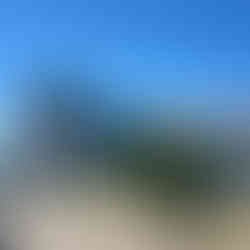








































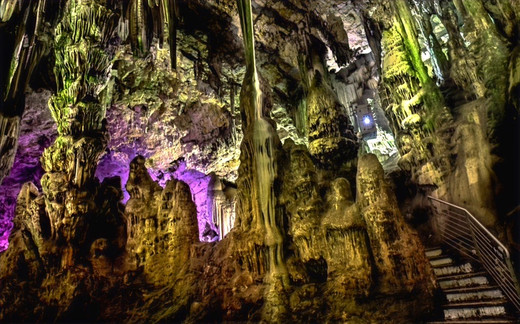





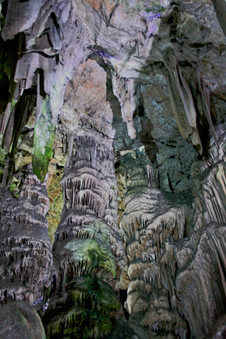

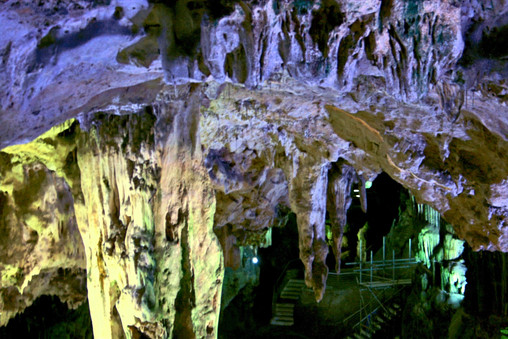

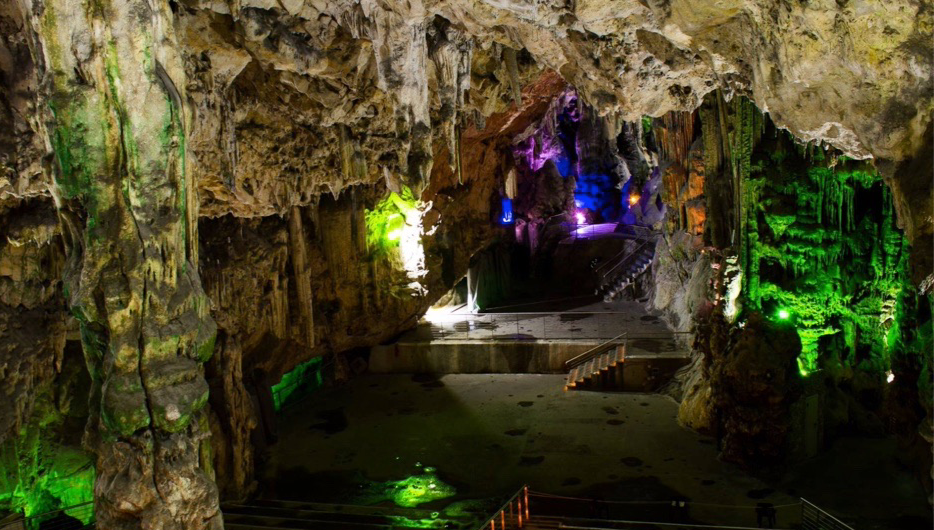


























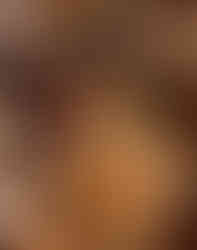




















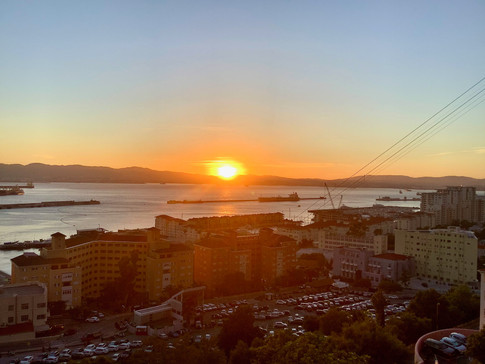














Comments